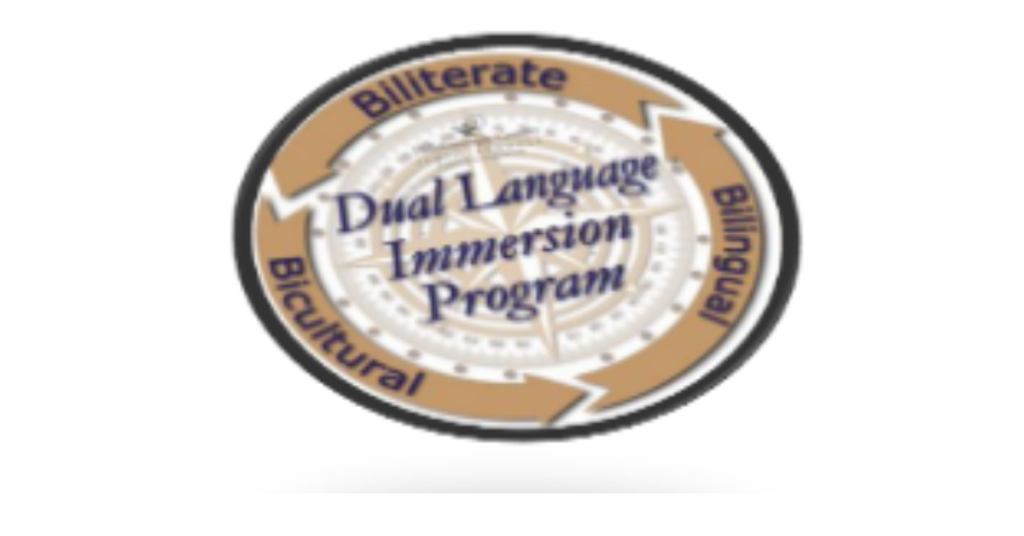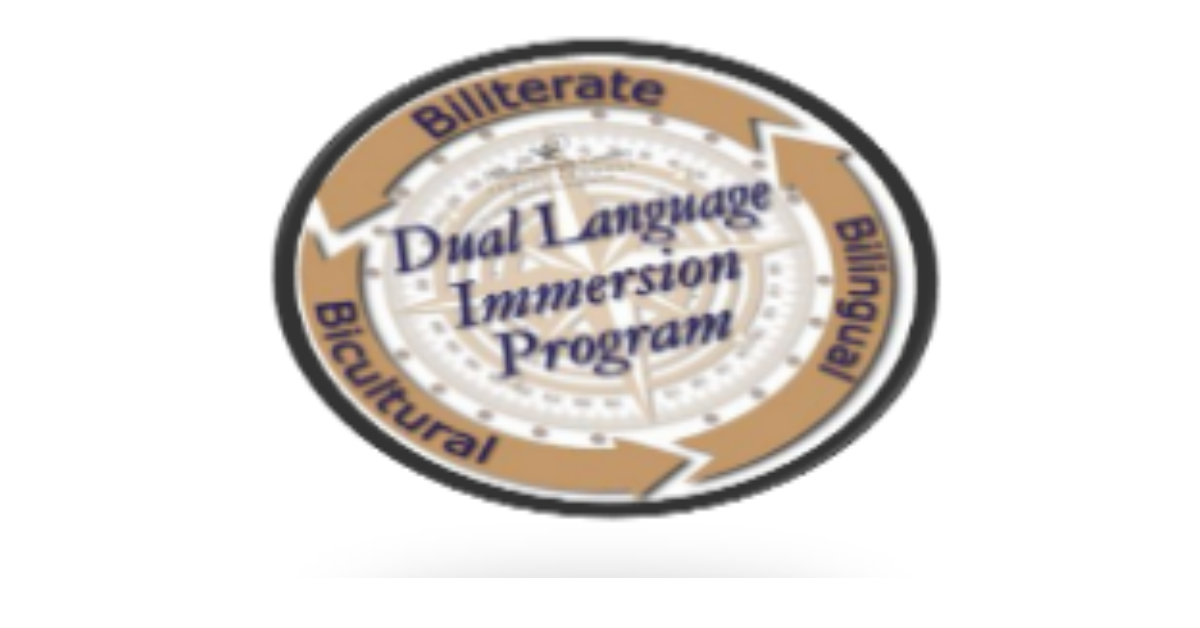As the world becomes increasingly interconnected, the demand for multilingual communication continues to rise. University language immersion programs provide a powerful avenue for students to enhance their language skills while immersing themselves in the cultures that shape those languages. These programs go beyond traditional language instruction, offering real-world experiences that facilitate deeper learning and cultural understanding. This article delves into the structure, benefits, challenges, and essential considerations of university language immersion programs, highlighting their importance in today’s global landscape.

What Are Language Immersion Programs?
Language immersion programs are educational initiatives designed to promote language acquisition through extensive exposure to environments where the target language is actively spoken. Unlike conventional language classes that primarily focus on textbooks and grammar, immersion programs encourage students to learn through practical usage and cultural interactions.
In an immersion setting, students engage with the language in everyday situations—whether in academic classes, social interactions, or community events. This immersive approach fosters not only linguistic competence but also a nuanced understanding of the cultural context in which the language is used.
Different Types of University Language Immersion Programs
Language immersion programs can be categorized into various types, each catering to different student needs and learning goals:
1. Study Abroad Programs
Study abroad programs are among the most popular forms of language immersion. These initiatives allow students to travel to countries where their target language is spoken, enrolling in local universities or language institutes. The experience enables students to engage with native speakers daily, enhancing their linguistic skills while exploring the local culture, customs, and daily life.
This authentic exposure to the language creates a dynamic learning environment, promoting practical language use and cultural appreciation.
2. Domestic Immersion Programs
For those who may not be able to travel abroad, many universities offer domestic immersion programs. These initiatives provide immersive experiences within the student’s home country. Often, they include intensive language courses paired with cultural activities, community service projects, or interactions with local speakers of the target language. Domestic programs create immersion opportunities without the financial and logistical challenges associated with international travel.
3. Thematic Immersion Programs
Thematic immersion programs are designed around specific subjects or fields of interest, such as business, environmental studies, or the arts. In these programs, students study the language while engaging with content related to their thematic focus. For example, students pursuing a French immersion program with an emphasis on culinary arts might participate in cooking classes conducted in French, allowing them to apply their language skills in context.
Benefits of Language Immersion Programs
Participating in university language immersion programs offers numerous advantages that extend beyond language proficiency:
1. Accelerated Language Acquisition
One of the most significant benefits of immersion programs is the rapid improvement in language skills. Continuous exposure to the language in diverse contexts fosters fluency and confidence. Immersion encourages students to think and communicate in the target language, facilitating a deeper understanding of its structure and idiomatic expressions.
2. Enhanced Cultural Understanding
Language and culture are intricately linked. Immersion programs provide students with the opportunity to experience cultural practices, traditions, and social norms firsthand. This engagement enriches students’ understanding of the language and enhances their ability to communicate effectively in various cultural contexts.
3. Personal Growth and Development
Navigating a new culture and language environment encourages personal growth. Students often face challenges that require them to adapt and develop problem-solving skills. Such experiences promote independence and resilience, equipping students with valuable life skills that extend beyond language learning.
4. Networking Opportunities
Language immersion programs facilitate connections with local communities and fellow students from diverse backgrounds. Engaging in conversations and collaborative activities fosters networking opportunities that can benefit students academically and professionally. These interactions provide practical experience in using the language in real-world situations.
Challenges of Language Immersion Programs
While the benefits of immersion programs are substantial, students should also be aware of potential challenges:
1. Initial Language Barriers
Students with limited language proficiency may find the transition to an immersive environment daunting. The inability to communicate effectively can lead to feelings of frustration and anxiety. However, overcoming these initial challenges is often a critical part of the learning process, as immersion encourages active engagement with the language.
2. Cultural Adjustment Issues
Adjusting to a new culture can be both exhilarating and overwhelming. Students may experience culture shock as they navigate unfamiliar customs and social norms. Acknowledging this potential challenge and approaching the experience with an open mind can help students adapt more effectively.
3. Financial Considerations
Participating in immersion programs, particularly study abroad options, can involve significant financial investment. Costs associated with tuition, travel, accommodation, and living expenses can quickly add up. Students should explore financial aid options, scholarships, and grants available through their universities to help mitigate these costs.
Selecting the Right Language Immersion Program
Choosing the right language immersion program involves careful consideration of several factors:
1. Language Learning Objectives
Students should clarify their language learning goals. Whether seeking conversational fluency, academic proficiency, or professional competency, understanding their objectives will help guide their program selection.
2. Program Structure
Different programs offer various structures in terms of course intensity, duration, and support services. Students should evaluate which format aligns best with their learning style and academic schedule. Some may prefer a full academic semester abroad, while others may benefit from shorter, intensive programs.
3. Opportunities for Cultural Integration
Investigating how a program incorporates cultural experiences is crucial. Programs that emphasize community engagement, cultural activities, and interaction with native speakers can significantly enhance the immersion experience.
4. Available Support Services
Inquiring about the support services provided by the program is essential. Programs that offer academic advising, language tutoring, and counseling can help students navigate challenges and maximize their immersion experience.
Conclusion
University language immersion programs represent an invaluable opportunity for students seeking to improve their language skills while gaining profound cultural insights. By immersing themselves in language-rich environments, students can achieve enhanced proficiency, develop a greater appreciation for cultural diversity, and foster personal growth.
While challenges may arise, careful planning and selection of the right program can lead to rewarding educational experiences. As globalization continues to influence communication and collaboration, the relevance of language immersion programs will only increase. By embracing these opportunities, students not only enhance their academic pursuits but also equip themselves for success in an interconnected world. Through immersion, they gain not just a language but a deeper understanding of the cultures and experiences that shape our global community, fostering empathy and connection in an ever-evolving society.
